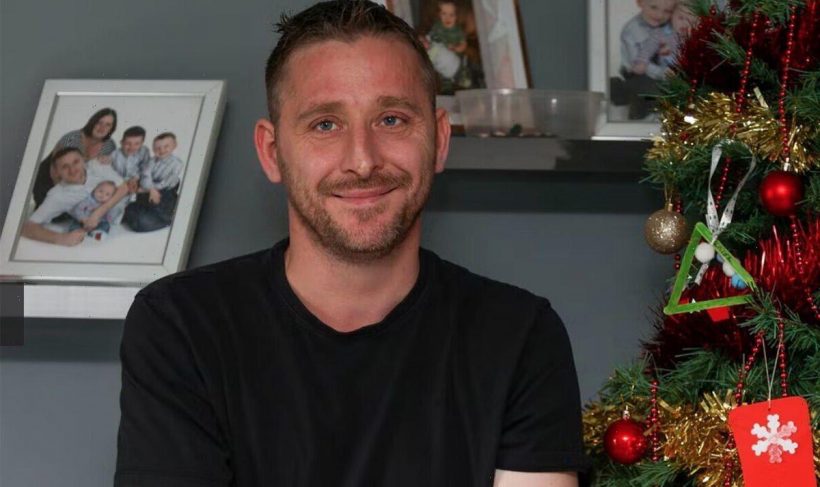Brain tumour: Cancer Research UK on 'different types' in 2017
We use your sign-up to provide content in ways you’ve consented to and to improve our understanding of you. This may include adverts from us and 3rd parties based on our understanding. You can unsubscribe at any time. More info
The news comes one year after Matthew Sandbrook was given just three months to live with glioblastoma. The fast-growing cancer affects both the brain and spinal cord, causing a significant change of sensations throughout the body. In previous reports, the 37-year-old described how his symptoms intensified over the course of two years, before leaving him unable to walk.
After being told by doctors that he wouldn’t live to see Christmas, Matthew’s family launched an online appeal in a bid to throw him a final festive bash, which more than 200 well-wishers showed up to.
He previously told how he’d suffered two years of headaches before medics discovered a tennis ball-sized tumour in his brain.
Laboratory tests revealed he had glioblastoma, an aggressive form of cancer that produces non-specific symptoms.
Of the 130 different types of brain and central nervous system tumours, glioblastoma is among the most lethal.

It is made of glial cells, which conglomerate to form the supportive tissue of the brain and spinal cord.
When these cells become malignant, the brain’s normal functioning can become compromised and nerves may be damaged in the process.
As it advances further, the tumour may start pressure against several of the body’s internal structures, triggering an onslaught of symptoms.
The most common signs of the disease are:
- Persistent headaches
- Nausea
- Vomiting
- Blurred vision
- Changes in cognitive abilities.
Research shows it takes an average of 330 days for glioblastoma to grow before a formal diagnosis is made, meaning signs can be insidious.
Speaking after his diagnosis, Matthew said he’d initially put his nagging headaches down to his work schedule.
He added: “During the summer, I had noticed little changes in me, I became a bit withdrawn and didn’t like making eye contact with people.
“Then one night I was trying to do something at work which I’d done hundreds of times before and my mind just went blank.

“I started sweating and had to ask a colleague to take me home. The next morning I couldn’t even walk and had to crawl upstairs.”
Becky, Matthew’s wife, called an ambulance to bring him to an emergency department, where began suffering seizures.
This is when doctors told Matthew it was ‘bad news’, and that he had three months to live.
The disease can occur at any age, but is more prevalent in older adults, with children receiving diagnoses only in rare cases.

Doctor Solmaz, Sahebjam, a neuro-oncologist at Moffit Cancer Center, said: “Glioblastoma is the most aggressive type of brain cancer and is considered to be advanced by the time of diagnosis.
“Currently it is not curable, meaning there is no way to eradicate all cancer cells.”
Due to its fast-growing nature, people tend to succumb to the disease between 14 and 16 months after diagnosis.
Researchers remain confident, however, that the development of aggressive treatments could improve the condition’s extremely poor prognosis.
Source: Read Full Article






